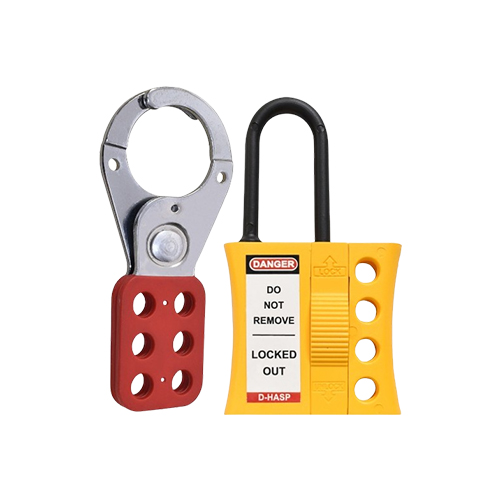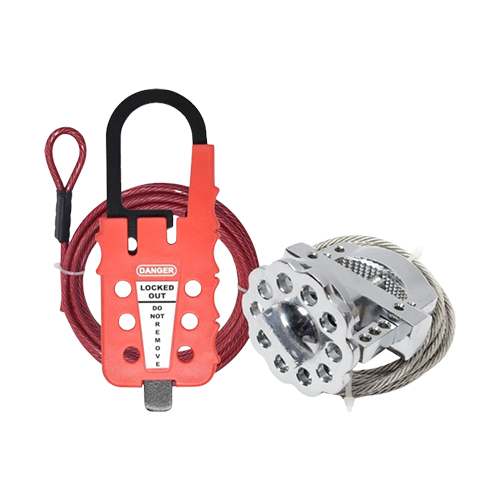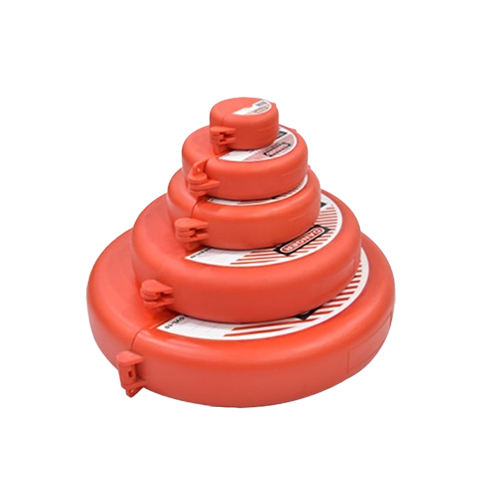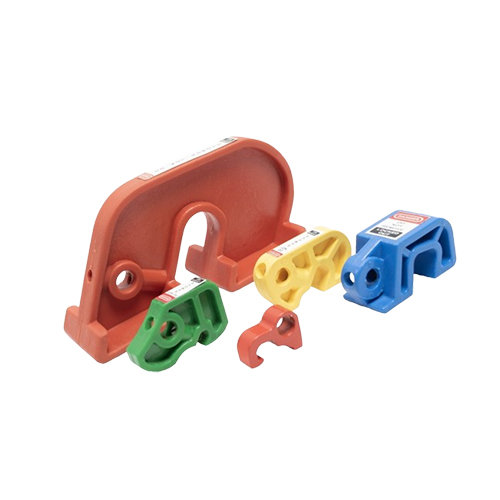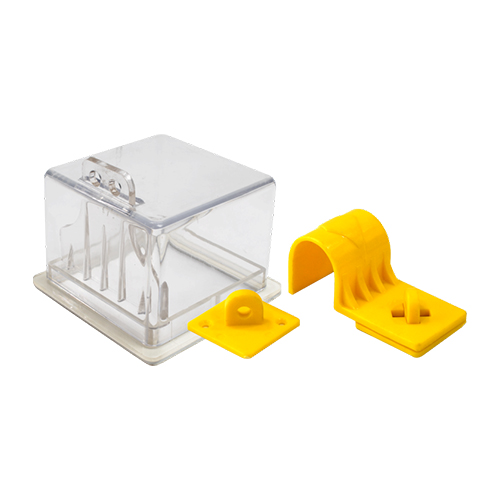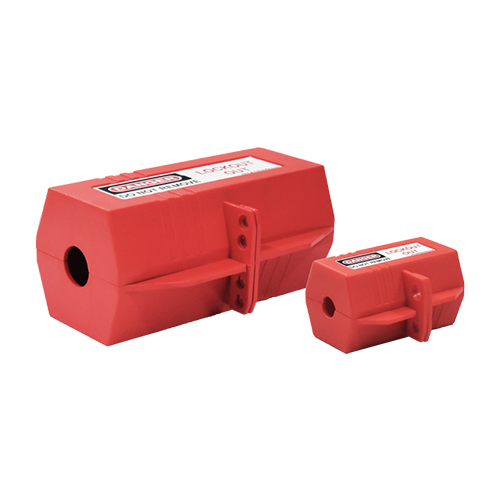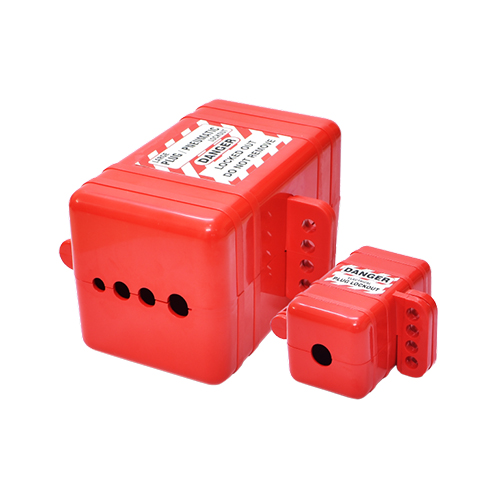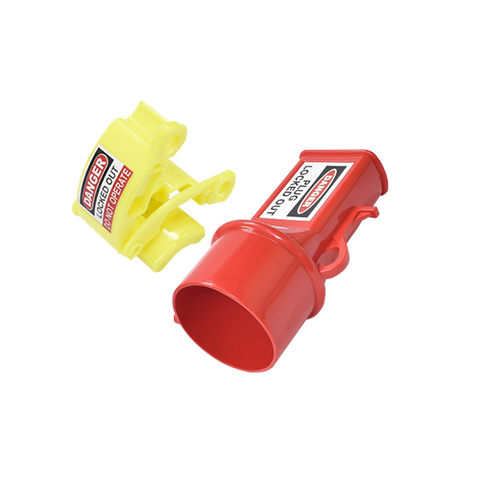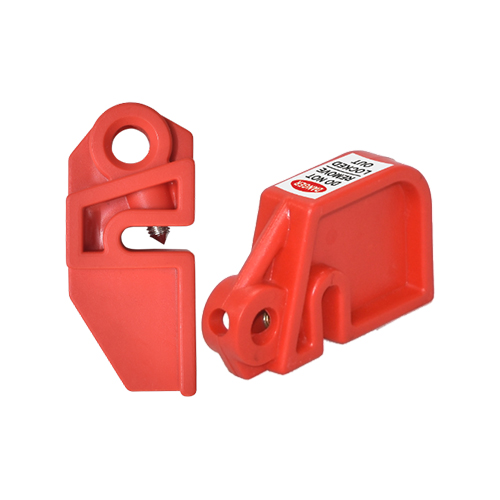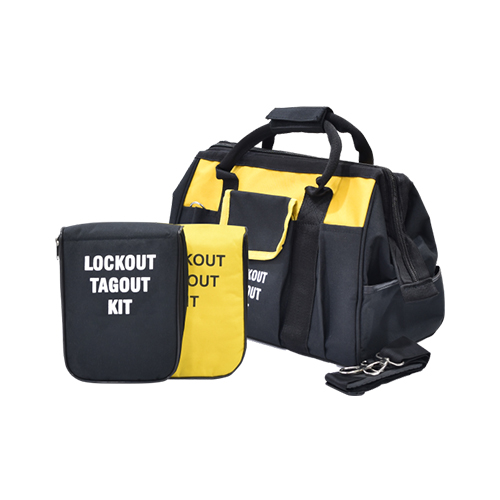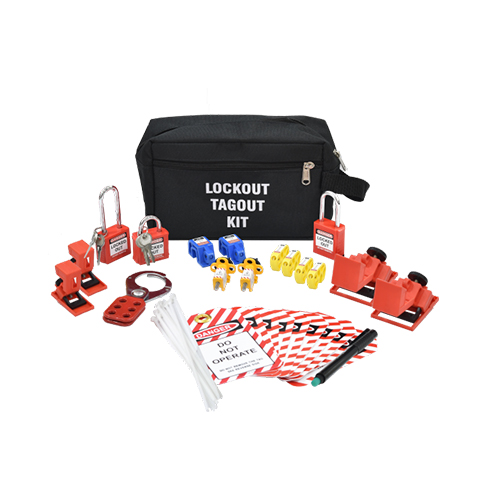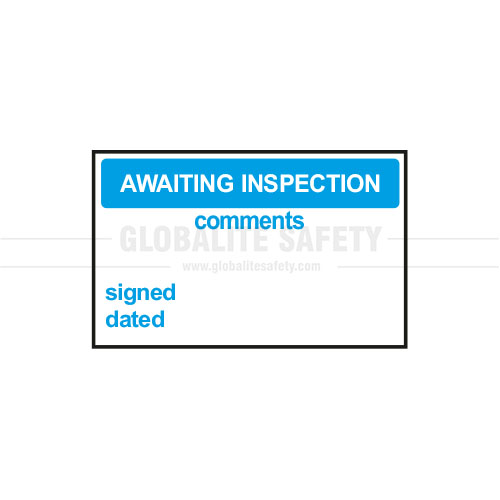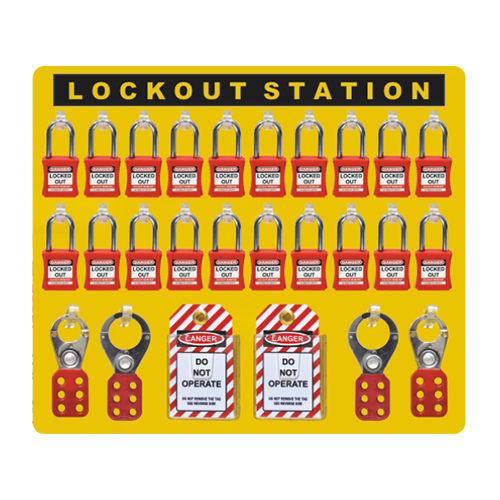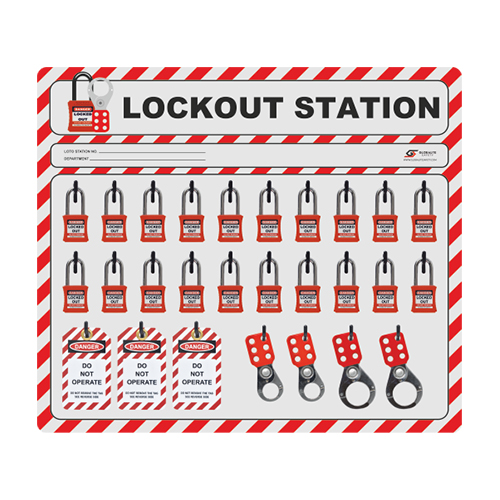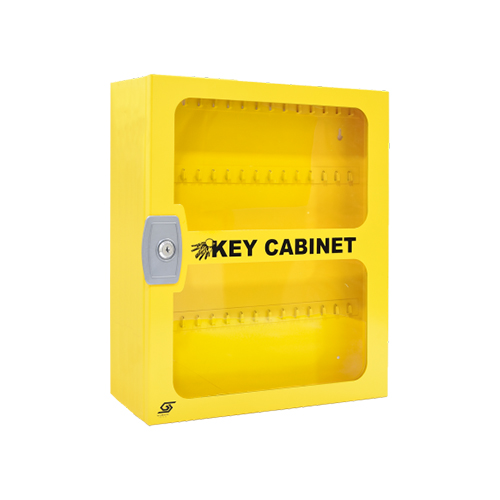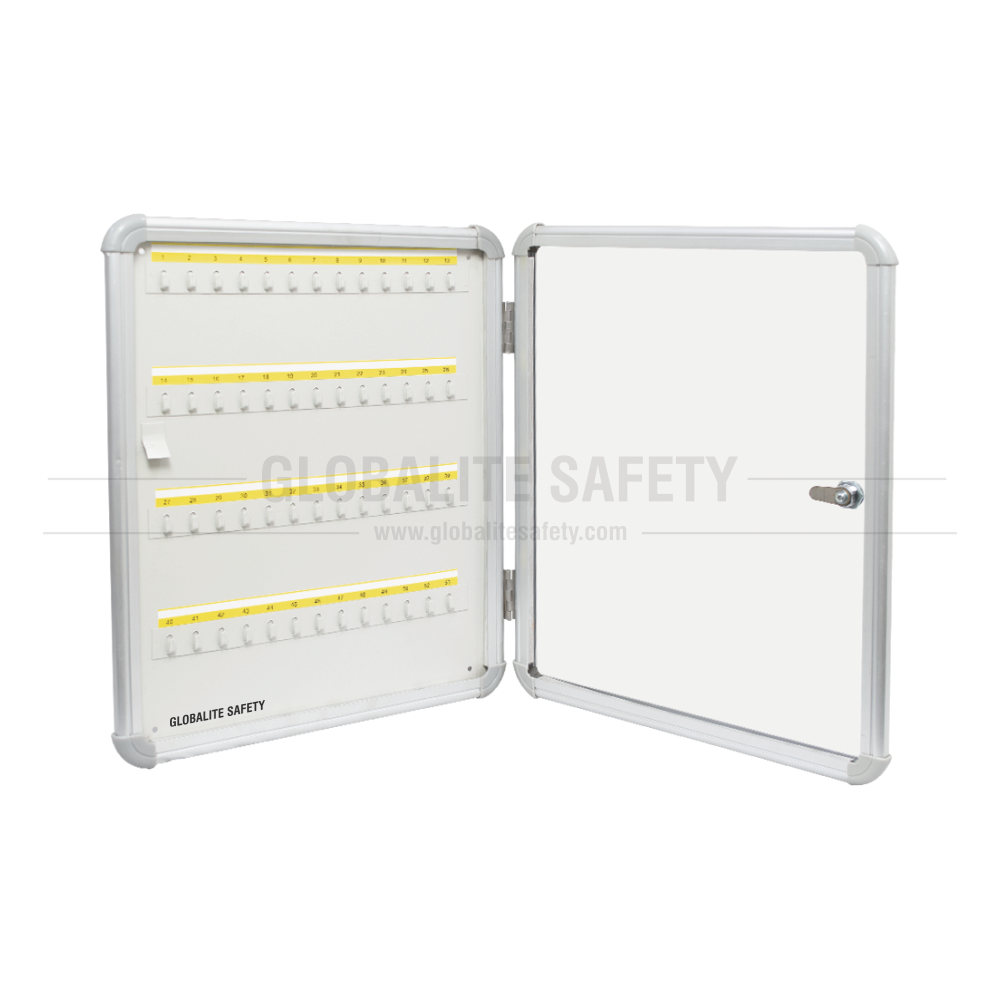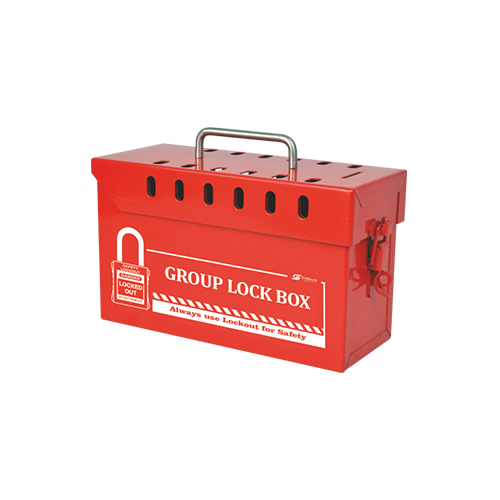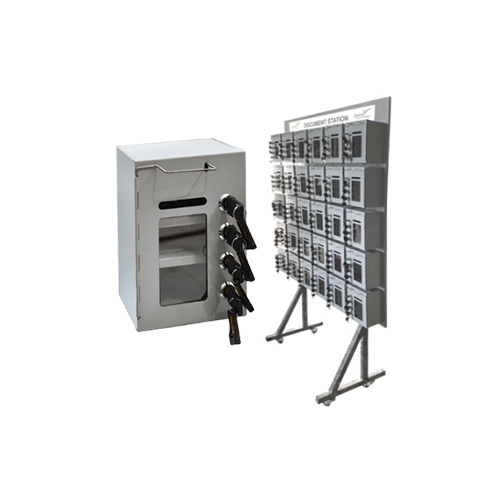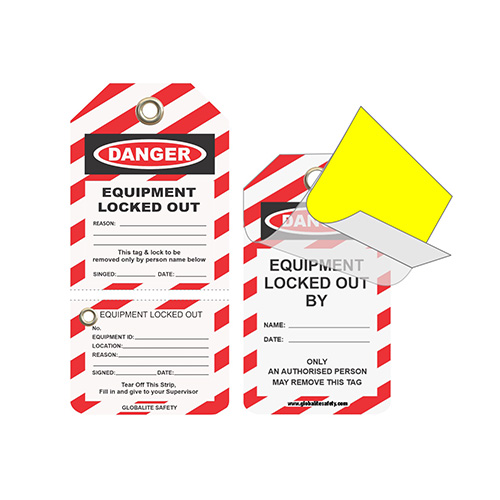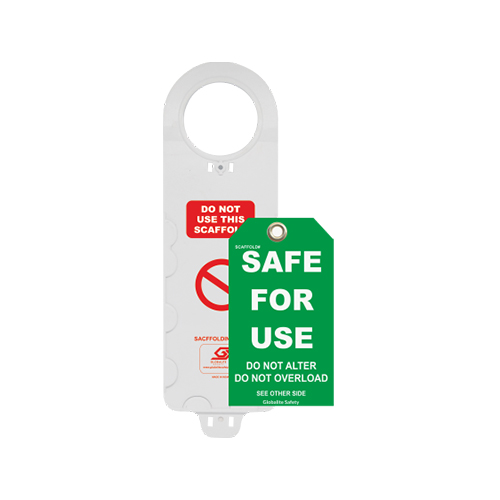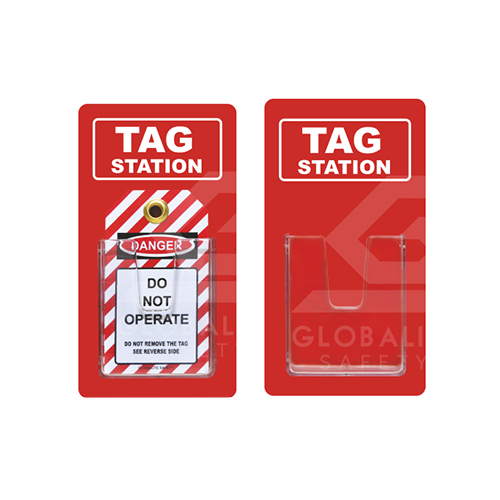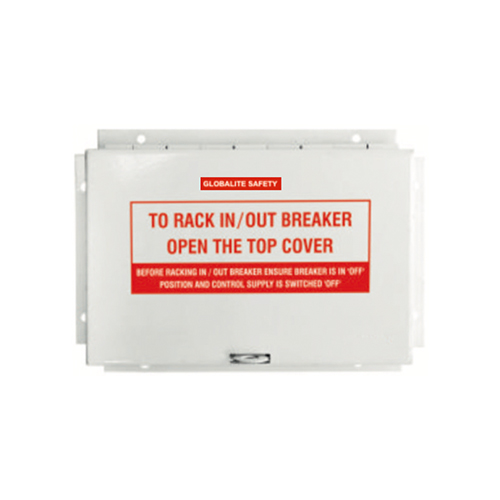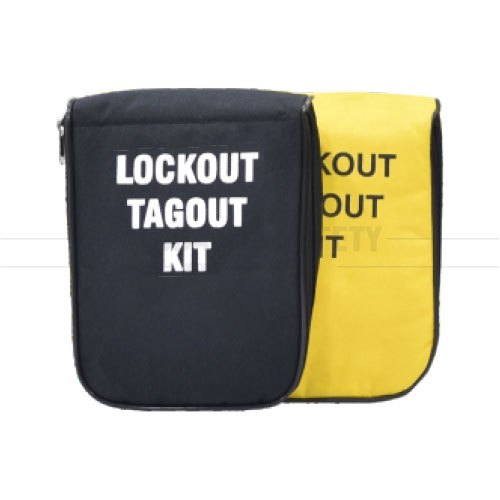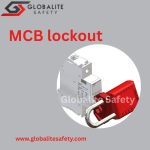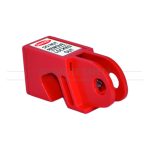The demand for key cabinets is always on the rise. Reason? They are used across several industries and commercial facilities. These cabinets play significant roles, especially in facilities where multiple keys need to be secured, tracked, and controlled.
If you want to buy a new key cabinet, considering the right size is of utmost importance. And to determine the right size, you must ask yourself, What size cabinet do I need? The answer to this largely depends on factors such as the volume or size of the keys, their use, and the type of business you’re associated with.
Here is are helpful guide on how to decide the right size of a key cabinet.
Count Your Existing Keys
The first step is to ensure the number of existing keys currently in use. Check keys of vehicles, doors, machines, lockers, and emergency access. Consider the future growth. Add 20–30% extra capacity to accommodate future expansion, new equipment, or staff changes. The ideal key cabinet size is the current number of keys plus 30% extra capacity.
Consider Types of Keys
The size of keys varies depending on their types. So, different keys require different spaces. Remember the following points:
- Vehicle smart keys, LOTO padlock keys, or keys with barcodes and tags are bulkier when compared with regular door keys.
If your site uses them, you must look for a deeper cabinet with wider hook spacing. This is important to avoid clutter, scratching, or difficulty when issuing and returning keys.
Consider Depth for Bulky Keys
If you need a key cabinet for vehicle smart keys, fire safety keys, or tools that are heavier, you will need a deep cabinet to make sure doors can close smoothly. Adequate depth can prevent hooks or scratches on the surface when the doors are closed.
It is advisable to examine the key thickness and opt for models with a minimum of 1.5–2 inches depth for equipment or auto keys.
Single vs. Multi-Key Items
Do the right calculation. Note that one asset may have a large number of keys. For example, safety padlock keys, machine control keys, etc. So, when counting your keys, calculate per asset instead of just per staff.
Examine Strategic Mounting Zones
Before deciding on a key cabinet, evaluate the area where the cabinet will be installed. Consider whether it will be installed on narrow walls, pillars, control rooms, or safety stations.
- In case of a tight space, go for a tall vertical cabinet. It will fit more keys without occupying wide wall sections.
Considering physical placement early will enable you to determine the right size that fits the workflow and doesn’t obstruct movement.
Evaluate Environmental Exposure
You should note that plant floors or workshops expose storage units to vibrations, dust, humidity and unexpected impacts. In such a condition, you must look for powder-coated mild steel cabinets equipped with strong hinges.
If you are looking for key cabinets for clean areas such as reception counters or offices, lighter aluminum models can go well. Decide the size and material of the cabinet based on the work zone.
Bottom Line
Deciding the right size of a key cabinet is based on all the factors above. But besides them, also check who will access the cabinet, labeling and visibility needs, wall space, audit requirements, and frequency of use.
For details, contact Globalite Safety Solutions. We are one of the popular manufacturers and suppliers of key cabinets. We can help you choose the right solution to meet your requirements.
